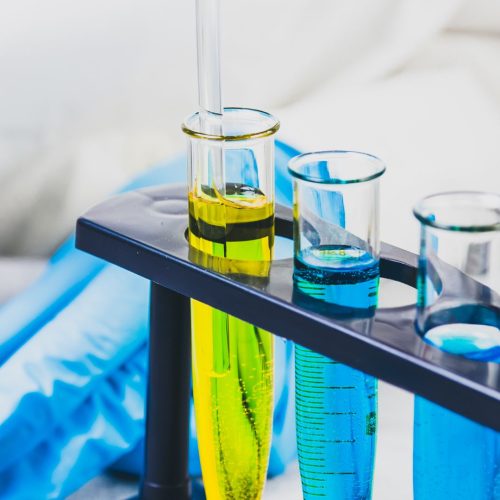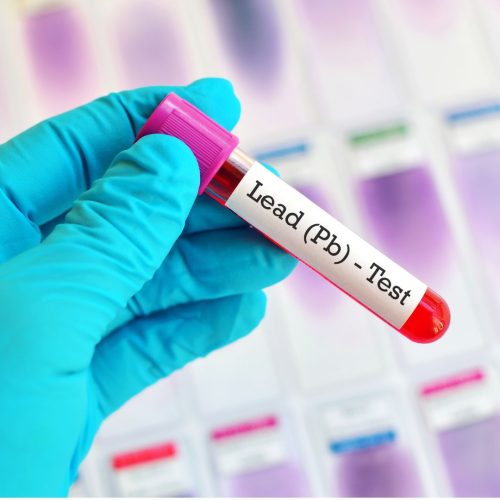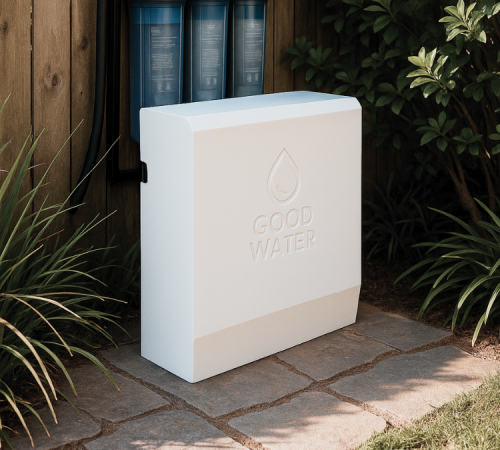
These three contaminants — PFAS, chlorine, and lead — are some of the most common and concerning threats to your family’s water supply. You can’t see them. You can’t taste them. But their health impacts are very real.
This guide breaks each one down: where it comes from, why it’s dangerous, and what you can do to protect your home.
PFAS stands for Per- and polyfluoroalkyl substances — a large group of man-made chemicals used since the 1940s to make products resistant to heat, water, and grease. They’re found in:
PFAS are called “forever chemicals” because they don’t break down in the environment — or in the human body. Once absorbed, they build up over time.
PFAS has been detected in groundwater and surface water across Australia — particularly near:
In 2016, the Australian Department of Health acknowledged PFAS contamination in towns like Williamtown (NSW), Oakey (QLD), and Katherine (NT), prompting investigation and remediation efforts.
The Australian Drinking Water Guidelines (ADWG) now recommend extremely low limits for PFAS — but those are non-enforceable guidelines, not legal standards.


Chlorine is used by almost all Australian water providers to disinfect drinking water. It’s effective at killing bacteria, viruses, and other pathogens — but it’s not without risk.
These compounds are regulated due to their association with:
Even short-term exposure to chlorine in water can cause:
Chlorine is easily inhaled or absorbed through the skin. Studies show that a 10-minute hot shower can expose you to more chlorine than drinking 8 glasses of unfiltered tap water.

Lead is a toxic heavy metal. It was historically used in:
Although lead pipes are banned in Australia, many older homes and buildings still contain lead-based materials in plumbing systems.
Lead can leach into water when:
There is no safe level of lead in drinking water.
Even low-level, long-term exposure can cause:
Even short-term exposure to chlorine in water can cause:
The World Health Organization (WHO) classifies lead as a probable human carcinogen.
You can’t see these chemicals — but with the right systems, you can stop them at the source.
